
APPRAISILY.COM
Full Appraisal Report
Appraisal conducted by Andrés Gómez
info@appraisily.com

Full Appraisal Report
Appraisal conducted by Andrés Gómez
info@appraisily.com
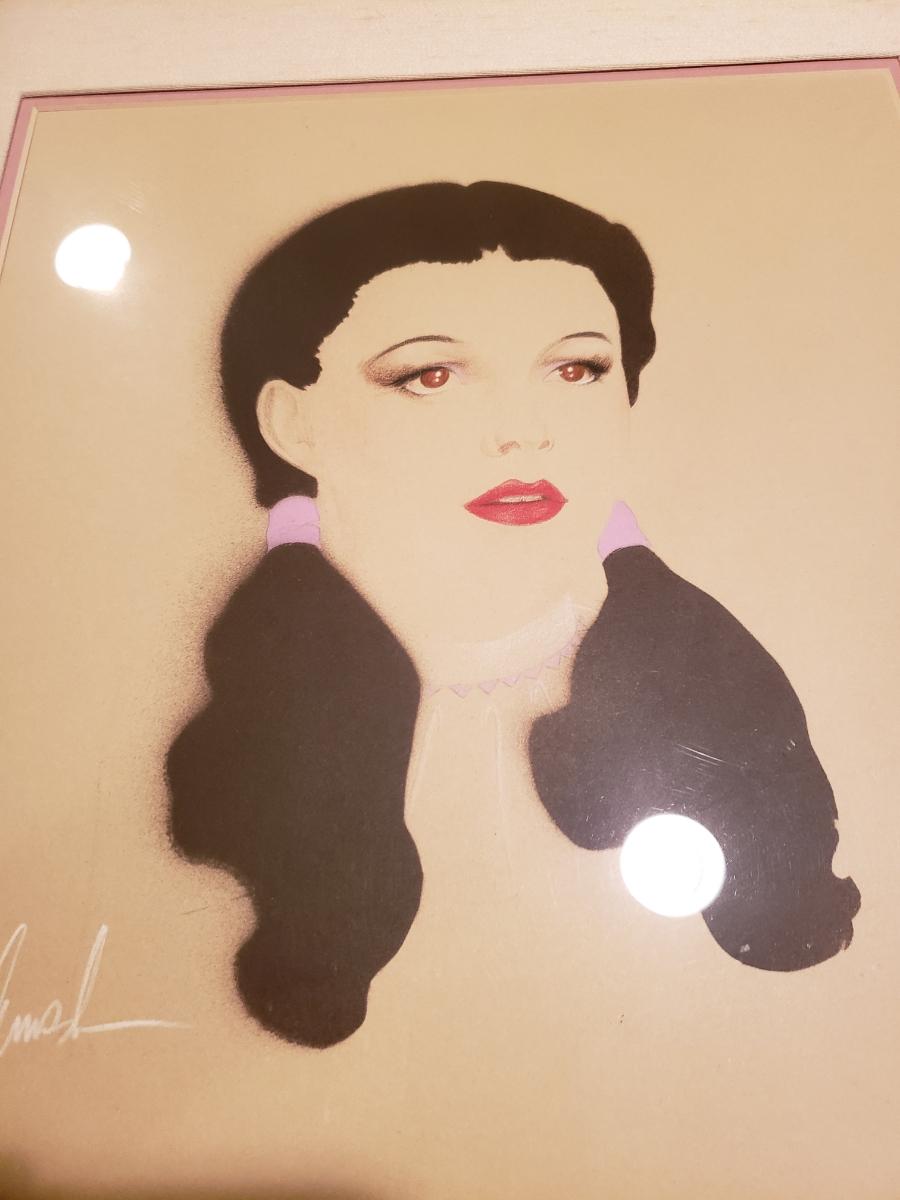
This is a professional appraisal report, provided upon request. In this report, I researched and interpreted information provided by the requester. The appraisal report contains different sections to complete the description, identification, and appraisal of this artwork ( ). Extra information like where the painting came from, who painted it, what style it is, when it was made, how it was valued (Mark to Market Valuation), and where to sell it.
This report is designed to give you an appraisal value for the artwork you own, whether it is a painting, sculpture, or another type of art. The information provided will help you to understand your piece and its value. I use the world reserve currency (US dollars) to appraise each piece. The selection aims to avoid currency risk variations that could affect appraisals over time. This report is not intended to encourage you to sell this piece; rather, it aims to provide information on your art’s value so that you know what steps to take if you do wish to sell.
I have used Image search, a process where the artificial intelligence (AI) will look through a database of images and attempt to find ones that match the seed image. This can be done by using various algorithms, including pattern recognition and machine learning.
The results of the automatic recognition are not conclusive. If a match is found, it will be shown below:









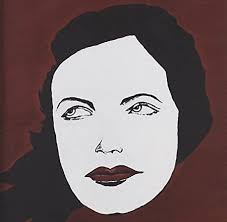
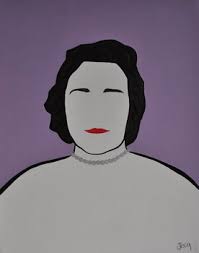
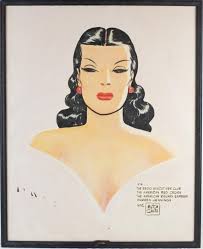

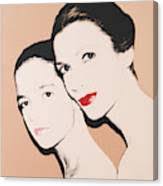
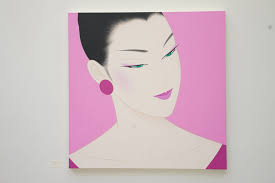
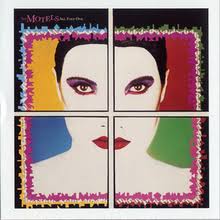
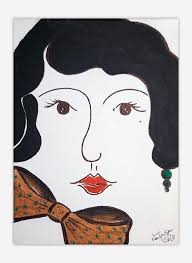

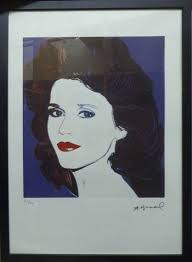

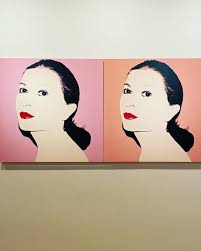




The frontal artwork picture is different to any of the previous results. We can confirm this is an original scene and not a copy or reproduction because no other paintings have been created with identical content as what's shown in our selection. This artwork is catalogued as an original scene and original artwork. Even though some of the results may show similarities, I came to the conclusion that they are too vague to be considered relevant.
When trying to determine the age of an artwork, one of the first things to look at is the frame. The style of the frame, as well as the type of artwork and color palette, can give clues as to when it was created. For example, a piece from the Baroque period might have a gilded frame with a complicated design, while a piece from the Renaissance might have a simple wood frame. One way to date a painting is by looking at the frame construction. A frame made with modern metallic parts like flat-head nails, staples, or Phillips-head screws is likely from the 20th century. Older frames will have parts made of irregularly cut wood and metal that has been forged by hand. In some cases, you can see the absence of metallic parts. This is just one example of how the frame is put together and can be used to date a painting.
I concluded the painting was made circa late-20th century. The style of the painting corresponds to pop culture circa 1970s (Andy Warhol style).
I study and research the signature of artwork to see if it matches any known signatures. At this step, I also inspect papers with an artist's name or other identifying features like stickers that may help me identify who made their work. Provenance, if any, is considered as an input to try to find out if the artist is relevant.
A picture of the signature is depicted below:
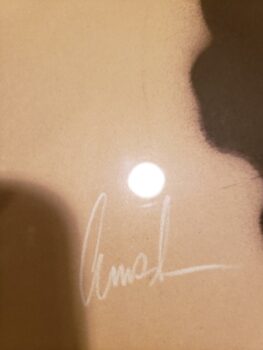
I can read the signature as:
Amsel
At this point, I can use the signature and try to find the artist’s name in a database of known-listed artists. Basically, it is a database with information about the names, surnames, origins, and biographies of the most well-known artists.
I found that the artist who painted this is a known and listed artist. Richard Amsel (December 4, 1947 – November 13, 1985) was an American illustrator and graphic designer. His career was brief but prolific, including movie posters, album covers, and magazine covers. His biography is listed here.
To value this artwork, I have considered using the Insurance Replacement Valuation. When you purchase insurance for your home, you will be asked to select a replacement value. This is the amount of money that the insurer will pay out if your artwork is destroyed or damaged beyond repair. It is important to choose a replacement value that accurately reflects the cost of replacing this artwork.
I have also considered the following past auction sales:
I can check if the style and type of painting match the artist referenced. An artist may change their painting style, scenes, and compositions with time, so I checked similar paintings during the whole lifetime of the artist. In this test, I would expect to find similar known paintings made by this artist.
Richard Amsel was an American illustrator best known for his work on film posters and magazine covers. His distinctive style is characterized by bold lines, vivid colors, and a sense of dynamism. This painting perfectly encapsulates Amsel's approach to art. The sweeping curves and energetic forms convey a sense of motion and vitality, while the richly-hued background adds a touch of beauty and mystery. In all, this painting is a perfect example of Amsel's unique style. Thanks to his talent and vision, Amsel left behind a legacy that continues to inspire new generations of artists.
This Richard Amsel's painting is a highly collectible painting. Amsel's skillful use of color and light creates an unforgettable image that has become one of the most iconic images in popular culture. The painting is also valuable because it is one of only a handful of Amsel's works that are still in existence. His work was often lost or damaged. Any fan of Amsel would be proud to own this painting.
I would encourage anyone interested in purchasing this artwork to do so quickly, as it is likely to become more valuable over time. paintings of this quality are becoming increasingly rare, so it is a good investment.
Appraisal Report made by:
Andrés Gómez
BSc, MSc, Expert Art Appraiser
10+ years of experience in Online Art Appraisals
100k+ Customers Served
Antique Store Owner
You can check my portofolio of past appraisals here:
https://www.appraisily.com/andres-portofolio/

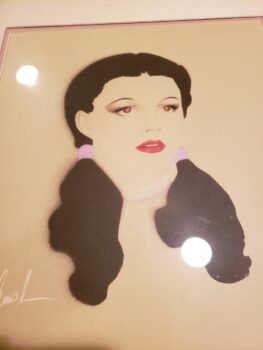


Antiques, art, and other collectibles are difficult items to sell online. This can take a lot of time. Be patient, but also make sure that the price you are asking for is the right one for your pieces of art. Consider the following tips on how to sell antiques and collectibles online: These tips will help maximize the price of your antique or collectible.
I would recommend selling it online. There are many ways to do this. For instance, Post an ad on Craigslist. Use eBay to sell antiques online. Post a listing on the Etsy marketplace. Sell with direct messages using Instagram. You can create a website using Squarespace or WordPress. Use Shopify to sell via a website, POS and social channels. List your items on Bonanza.com, Facebook Marketplaces, or Amazon Marketplaces. If you don’t have time, I would recommend starting with Facebook, Etsy, and Amazon.
The key to selling antiques online is to let potential customers know that you know what you are talking about. It’s much more difficult to sell something when the potential buyer can’t be sure it's authentic. Sellers should use a well-thought out descriptive guide like this one. A good lead generation service should be helpful in establishing these relationships with online buyers, and an effective way to do this is through classified ads. If a buyer asks for more information, giving them some valuable facts well ahead of time will get you more sales because your reputation will increase and real customers are the ones who ask for more details.
In order to sell your antiques online, you will need to create a profile on the relevant forum (Etsy, Amazon, and FB). Make sure you add a high-resolution image of the product (include at least 3 detailed photos) and add some text. The text should be informative and straight to the point; nothing fancy or fluffy.
Asking price is a big factor in selling your antique. If your asking price is too high (fancy company stickers, missing parts, or chipped paint), you are unlikely to get many bids. If the asking price is too low, it will cost you money for repairs, shipping, and insurance. As a general rule, I would recommend setting an asking price that is 80% of the value of this report, so you will make the listing attractive from the beginning.
I have considered the results from past auction sales to value this item. Keep in mind that the final price can be different from the asking price that you can find on the internet. You can see ads on the internet with different asking prices. However, a very high asking price doesn’t normally generate cash from a buyer.
That’s why our method comprises searching and comparing similar past sale results that had a buyer. That’s why we can provide an accurate estimation of this item.
For art pieces, remember that it isn’t the same as a print, a limited edition print, or an original art piece. If the artist can't be found, the painting's value is based on its quality and how interested the market might be in it.
To value this item, I have considered the results from past auction sales. Keep in mind that the final price can be different from the asking price that you can find on the internet. You can see ads on the internet with different asking prices. However, a very high asking price doesn’t normally generate cash from a buyer. That’s why our method comprises searching and comparing similar past sale results that had a buyer. That’s why we can provide an accurate estimation of this item.
Trying to determine the likely interests and tastes of a broad market can be tricky. You might not think collectors would be interested in works by a lesser-known artist, but they might be more interested than you think. You can't know for sure without doing some market research. The same is true for artists whose work is in major museums or galleries but does not command high prices at auction or from dealers. Do not confuse the print with the original limited edition. Be aware that the value of a piece of art is linked to the artist’s name and reputation. The work's quality and how interesting it might be are also important parts of its evaluation.
Quality art can be a good investment, but a large print or lithograph might not be as valuable. There are many different kinds of prints. Original works of art are worth the most, followed by limited edition prints, which can only be made in a certain number.
|
|
Andres - Also, I was wondering if another way to sell this extraordinary piece would be as a part of perhaps an upcoming, market auction, perhaps "the 1970's," "Entertainment Memorabilia," or simply under "Richard Amsel." Wouldn't an auction perhaps provide the best opportunity to maximize my return on this one-of-a-kind piece. The price you provided just seemed extremely low - even with your impressive history - and I feel that an auction placement and environment with a wider penetration in the art world would be a better choice. I realize there would be associated fees and commissions, but I still might come out better ahead in the long game. Again, thanks for your opinions and perspective. Russell Scott |
|
|
Would I be able to actually "speak" with you and only through this forum. I would very much appreciate this opportunity if it can be set up...and I would be happy to consider any extra charge that might be imposed by your company. This painting has always been my favorite in my collection since I first saw it back in the mid-1970's in the window of that small, quaint art gallery in West Hollywood (L.A.), CA. Thank you Andres. Russell Scott |
|
|
Andres - I was very pleasantly surprised and impressed with the rapidity and thoroughness of the timeliness and content of your appraisal. However, with that being said, I was somewhat, moderately, disappointed with the dollar evaluation range you put on this piece. I could see that many of the Amsel's pieces in the auction catalogue I have (somehwere in the house) were much higher. As this piece has rarely been seen (in your experience now, as well), I just surmised that its value would be proportional to this fact. Also, this a true iconic piece (not that some of the others aren't), but when seeing this piece in person, almost everyone has been in awe of the gentle intensity of the image. I realize that this initial dollar range - if in an auctioning scenario is only the beginning asking price and could go much higher based upon all of the other variables that could come into play (the overall art market, the "romantic" feelings this piece (continued...) |
| Page: {PAGENO} |